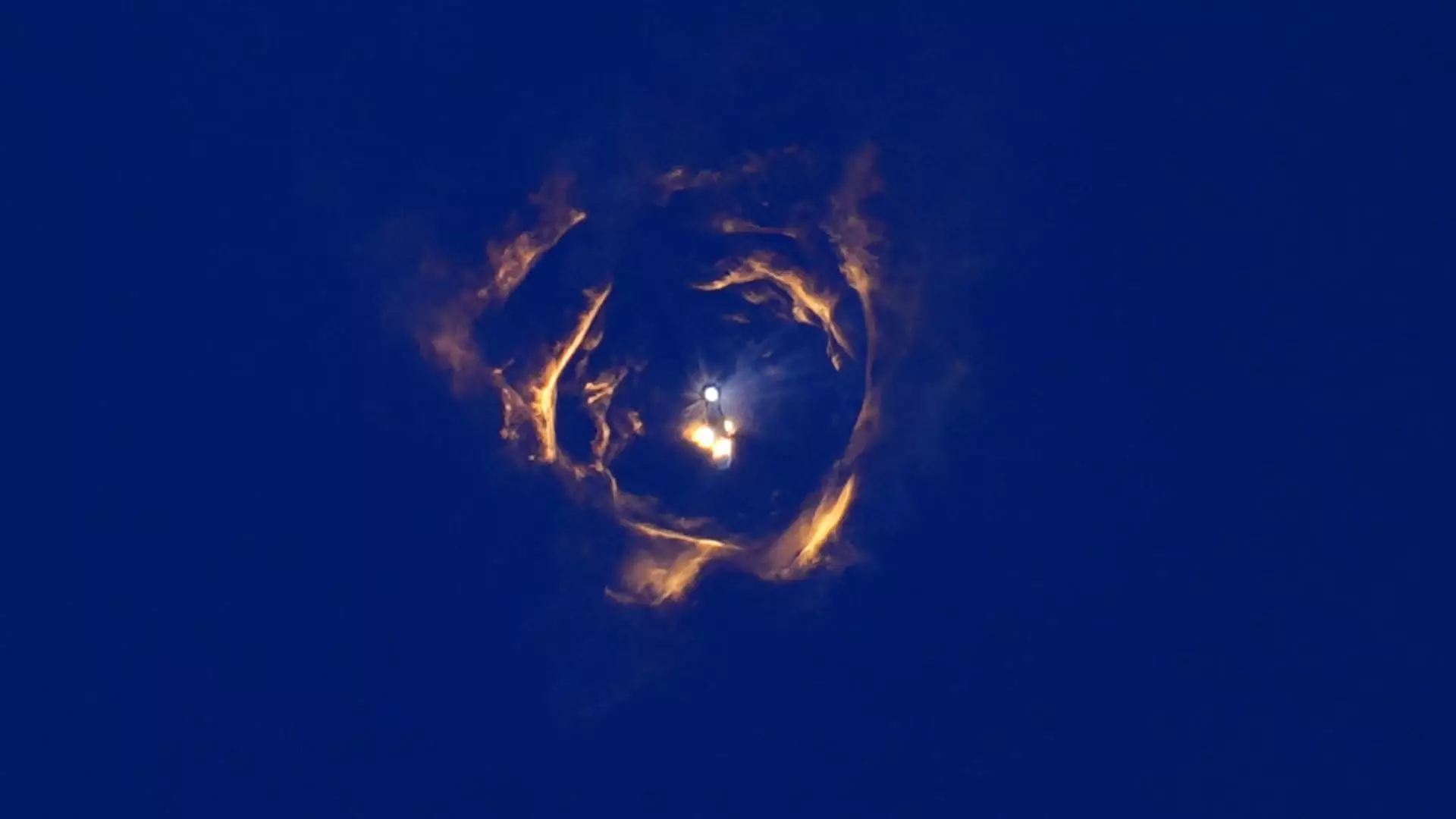On a quiet Thursday afternoon, SpaceX’s Starship rocket encountered a significant issue during its seventh flight test, leading to a series of disruptions in commercial aviation. As the rocket took off from SpaceX’s launch facility in Brownsville, Texas, shortly after 5:30 PM ET, it was expected to carry out a routine test. However, an unexpected breakup of the vehicle resulted in flight complications that rippled through the aviation sector, affecting numerous airlines and their schedules.
The consequences were immediate and widespread, with multiple commercial flights needing to be diverted or delayed as a precautionary measure. According to flight tracking service Flightradar24, dozens of flights were impacted. The Federal Aviation Administration (FAA) stepped in, issuing a warning about potential falling debris from the Starship rocket, advising pilots to avoid the “dangerous area.” This alert necessitated the temporary rerouting of several aircraft, highlighting the FAA’s role in maintaining aviation safety during events involving space launches.
One of the most notable disruptions came from JetBlue Airways, which redirected a flight from Fort Lauderdale, Florida, to San Juan, Puerto Rico, approximately two hours into its journey. This emergency relocation demonstrated the immediate impact of the incident on scheduled commercial operations. FlightAware documented that other airlines, such as Spirit Airlines and FedEx, also altered their routes in response to the impending danger posed by the descending debris. The airlines involved chose swift action to prioritize passenger safety, reflecting the industry’s acute awareness of the complexities involved when airspace and space operations intersect.
Fortunately, reports indicated that the FAA did not receive any claims of injuries or property damage related to the debris from the Starship. This was a relief amidst the chaos, though it also indicates a need for thorough investigative work to understand what went wrong during the flight test. SpaceX promptly announced their intent to review the data from this particular launch, aspiring to pinpoint the root cause of the failure. This meticulous approach underscores the company’s commitment to refining their technology while ensuring that operational mishaps do not affect surrounding communities or aviation.
The incident raises intriguing questions about airspace management, particularly in congested regions like Florida. With the increasing frequency of space launches, navigation authorities and private companies alike must consider strategies for harmonizing flight operations with rocket launches to mitigate risks of similar occurrences in the future. The escalating competition for airspace represents not only logistical concerns but highlights the interdependencies between commercial aviation and the burgeoning space industry.
The disruption stemming from the Starship’s flight test serves as a crucial reminder of the complexities involved in modern airspace management. As SpaceX endeavors to achieve its ambitious goals in aerospace technology, the aviation sector must stay vigilant and responsive to ensure that safety remains the highest priority.

Leave a Reply